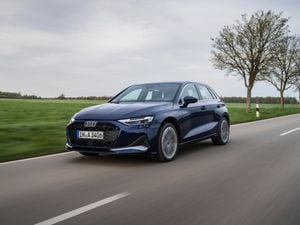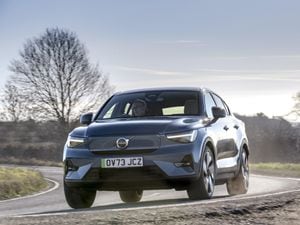Jaguar's F-Type Four-Cylinder Coupe takes performance and adds efficiency
Jaguar has installed its efficient 2.0-litre four-cylinder into its F-Type. How does it fare? Jack Evans headed to Norway to find out
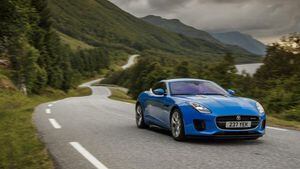
What is it?
The F-Type has formed a crucial part of Jaguar’s line-up for some time now, providing sports car looks and thrills to contrast the more practical vehicles in the British manufacturer’s range. Traditionally powered by large, dynamic engines it’s now been fitted with a smaller, more efficient unit. Some may protest that the new 2.0-litre turbocharged Ingenium petrol fitted to the F-Type doesn’t suit the Jag’s muscle car feel, but we’ve managed to get behind the wheel to see whether or not their criticisms are deserved.
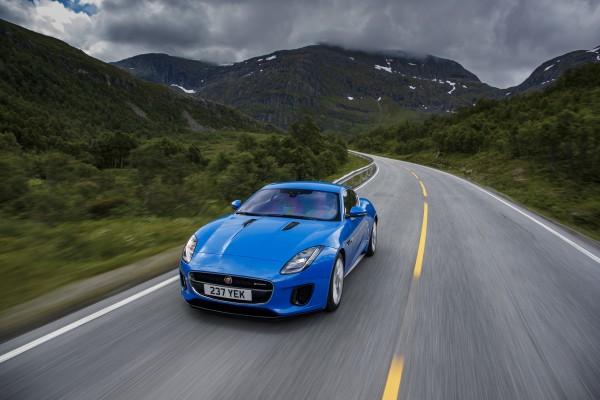
What’s new?
The biggest change is that all-new engine. Despite its relatively low capacity, the four-cylinder, 2.0-litre unit still manages to churn out 295bhp and a genuinely impressive 400Nm of torque. The biggest benefit of having a small engine is economy, and the F-Type is bang on the money in this respect, returning 39.2mpg on a combined cycle – a reduction of more than 16 per cent compared with the V6-powered F-Type – and emitting just 163g/km CO2.
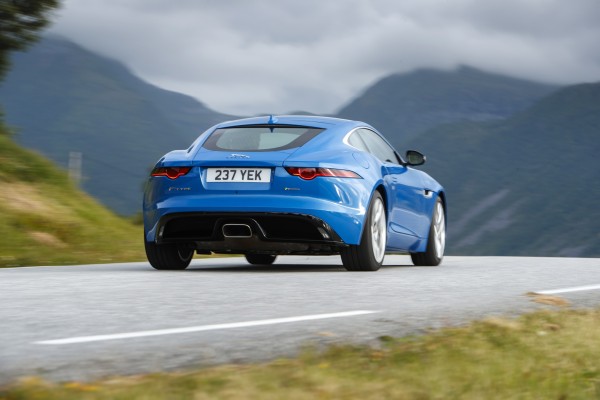
There’s also a wider range of safety systems fitted to this F-Type, including autonomous emergency braking, traffic sign recognition and lane keep assist. The interior has been updated, too, with new lightweight sports seats and Jaguar’s latest Touch Pro infotainment system, the latter being a huge step up in terms of usability and responsiveness over the previous generation. As usual, the four cylinder is available in either the Coupe or Convertible F-Types.
What’s it like to drive?
The original F-Type always had a certain muscle car feeling to it. That was most likely down to the traditional front-engined, rear-wheel-drive layout – though of course the all-wheel-drive versions changed this – as well as the stocky and powerful pair of engines that were available to choose between.

On the face of it, the F-Type has changed very little. Sit behind the wheel and, yes, some elements of the cabin have changed and, yes, the new lightweight slim sports seats do provide a little more comfort than the units they have replaced, but you could be sat in pretty much any other F-Type – until you start the engine, that is. Whereas you’d usually expect the low grumble of a V8 or the crackle of a V6, you’re greeted by a much throatier hum than you think you’d get from a four-cylinder – boring it ain’t.
Up and running, the F-Type feels a touch sharper than those powered by either a V6 or V8. Turn in is very good, and the car feels more sprightly than before. This is due to the four-cylinder’s 52kg weight saving over the equivalent V6-powered model – and you certainly feel it. There’s next to no turbo lag, and the plentiful torque on offer means that the car is relaxing to drive when you want it to be, while acceleration still feels more than adequate for a sports car – it takes just 5.4 seconds to hit 60mph.
In terms of sound, of course, the 2.0-litre was never going to match the full-fat 5.0-litre V8 fitted to the F-Type R for sheer aural drama, but it isn’t half bad. Plant the throttle, and you’ll be rewarded with a genuinely sporty engine note – this is down to Jaguar’s specific tuning of the exhaust to maximise its sound.
The F-Type’s ride is also impressive, dealing admirably with lumps and bumps in the road. The car’s spring rates at the front and rear have been reduced to compensate for the overall reduction in weight, and they’ve been tailored in just the right way, giving enough stability through corners or at higher speeds as well as plenty of ride comfort at lower speeds.
How does it look?
There’s no denying that the F-Type is a pretty-looking thing. Even now, despite going on sale back in 2013, it still looks fresh on the road. Thanks to redesigned bumpers and new LED headlights it looks fresher still, while our test car’s Ultra Blue paint colour really did make it an impressive car to look at.
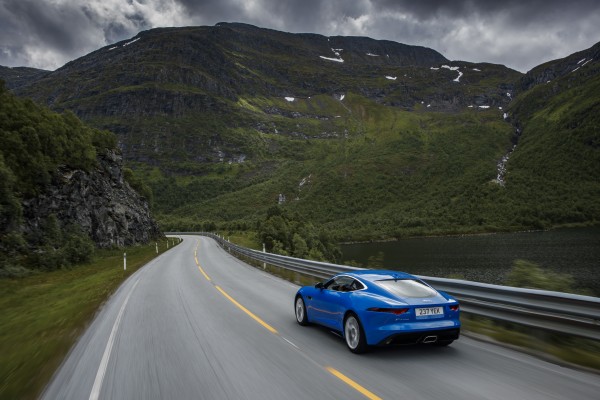
The interior features some of the harder plastics that drew criticism of the older car, but all in all it’s a very well-appointed and comfortable place to be. There’s plenty of aluminium used throughout, while tan leather seats such as those fitted to our test car do wonders at lifting the overall feel of the car’s interior.
What’s it like inside?
The inside of the F-Type four-cylinder is much like that found in the standard F-Type.
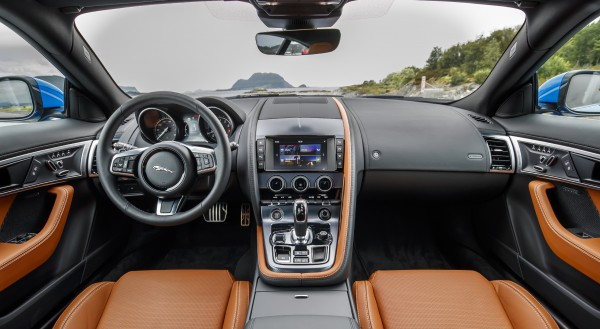
What’s the spec like?
Prices for the F-Type four-cylinder start at £49,000. For that, you get an increased variety of driver assistance systems, adding to the car’s safety levels. Autonomous emergency braking comes fitted as standard, and this system can detect a collision and apply the brakes should it need to.
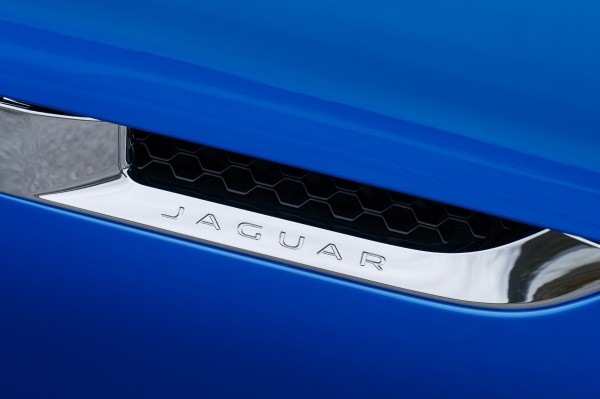
You also get Touch Pro – Jaguar’s latest infotainment system. Controlled via touch, it’s leagues better than the older system it replaces, and incorporates features such as satellite navigation, media connectivity and Bluetooth. It also allows for pinch-to-zoom map controls – really handy when trying to quickly find a destination – as well as a ‘Commute’ mode that learns regular journeys, then giving estimated arrival times inclusive of traffic conditions on the route.
Verdict
Many die-hard Jag fans won’t be enthused by the idea of fitting an F-Type with a 2.0-litre engine. However, given its additional poise and sharpness, as well as its added economy levels, there’s no reason why this four-cylinder shouldn’t be considered a proper Jaguar.


